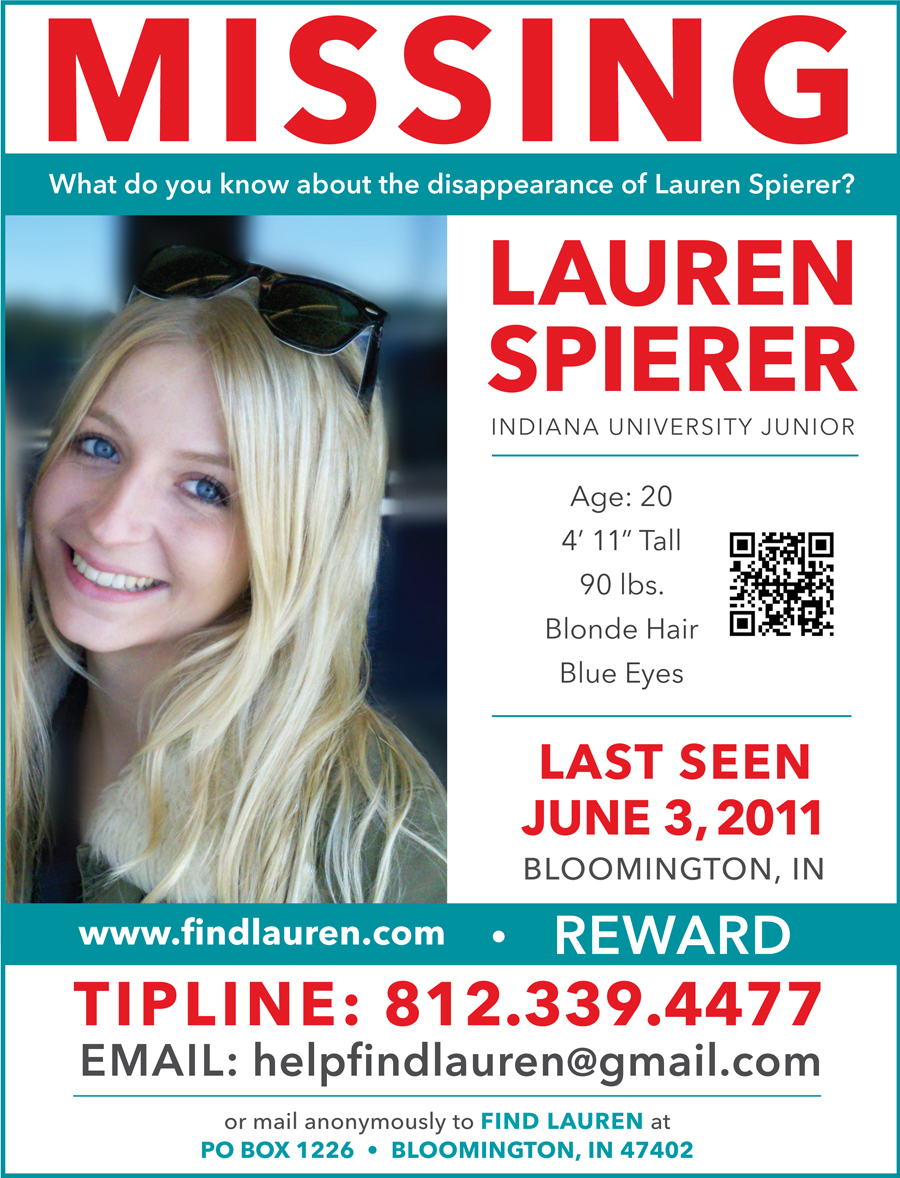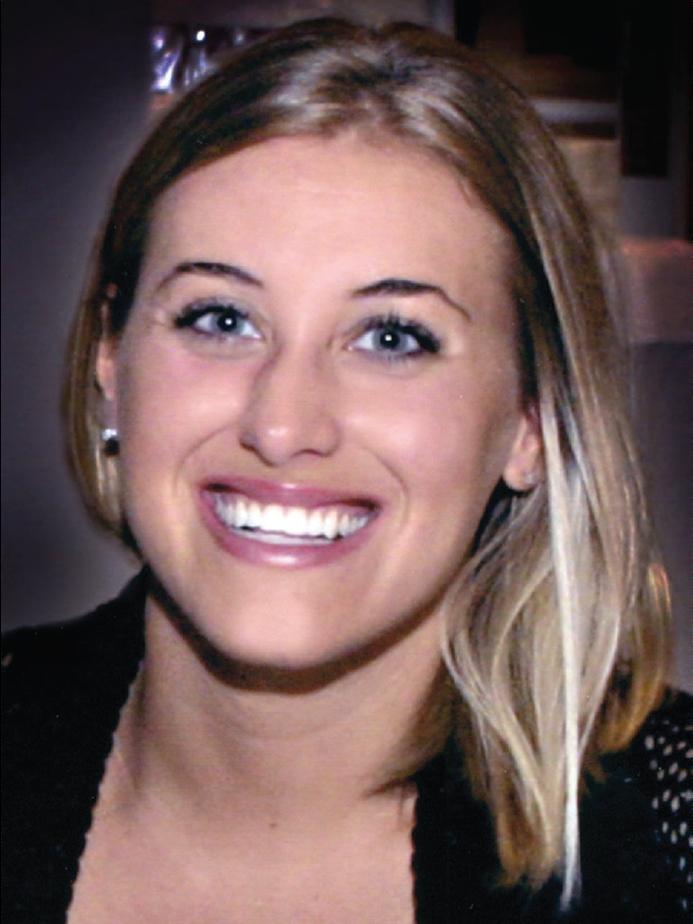I originally published this in April 2009. I think, as Casey awaits the start of her trial, less than a month away, it is worth another look, especially with psychologists Dr. Jeffrey Danziger and Dr. William Weitz figuring so prominently in the picture. Please remember that Casey has not been tried in a court of law. Therefore, she has not been convicted of murder.
I resourced a number of clinical studies that can be referenced through the link at the bottom of this post. Did I plagiarize? No, but I borrowed heavily because I am not a psychiatrist, nor am I a psychologist. I have interpolated and interpreted those documents and condensed them into one - in my own words. Hopefully, this will render a more palatable post that’s easier to read and mentally ingest. You can digest it in the privacy of your home or workplace, and you can egest it in the comments section.
Murder is considered to be an unthinkable crime by most societies on earth, but when parents kill their own children, it rattles and shakes the foundation of humanity. It is the lowest of lows, the worst form of all crimes imaginable. Casey Anthony will go on trial for first-degree murder in the death of her not quite 3 year old daughter, Caylee. If found guilty of the crime, she faces her own sentence of death. This is not intended to place guilt or innocence on her. It is a study in filicide, the murder of one’s own children.
Because of a lack of understanding, most of us are immensely shocked by the pure nature of filicide. Although considered uncommon, it is one of the leading causes of child deaths in civilized societies throughout the developed world. In a 1995 poll taken of 25 countries, it indicated that the homicide rate for children under 1 year old was greater than the rate for adults. Large-scale studies have shown that younger children are most at risk, especially those under 6 months old. After that age, the risk lowers steadily, but increases again in adulthood.
In order to make sense of this crime, large scale population studies of filicidal offenders have been performed and remarkably, rates of infanticide (child murder in the first year of life) parallel suicide rates. Based on their studies, the existence of several groups and classifications have been determined for filicide, and each classification has distinct characteristics and factors that drive parents to kill. Because of these reviews and publications, we will explore the different types, paying particular attention to maternal filicide, which is defined as a child murdered by the mother. My goal is not to elicit sympathy for Casey; it is to offer explanations for why she might have done it. Remember, until a jury decides, she is innocent in the eyes of the law, the only thing that matters. Please bear in mind that in some developing countries, the preference for male children may lead to selective killings. Think China. Religious, cultural and legal differences across borders will vary some of the research findings in some studies. Also, one country’s decision to send someone to prison may be different than another country’s choice to send someone to a psychiatric hospital. Because actions vary greatly, all I ask is that you maintain an open mind. Although specifically dealing with maternal filicide, this article is not just about one person.
Classification Systems
Motive
In 1969, psychiatrist P.J. Resnick looked into 131 case reports from world literature on child murders by both mother and father from the years 1751 - 1967 and wrote his article based on the apparent motives for the acts.The five categories he came up with in this system are “altruistic” filicide (64 cases, 48.9%), “acutely psychotic” filicide (28 cases, 21.4%), “unwanted child” filicide (18 cases, 13.7%), “accidental” filicide (16 cases, 12.2%), and “spouse revenge” filicide (5 cases, 3.8%). Resnick described cases of altruistic filicide as murders committed out of love. The mother believes it is in the child’s best interest. A suicidal mother may not wish to leave her motherless child to face an intolerable world or she feels she is saving the child from a fate worse than death. In acutely psychotic filicide, the parent kills the child under the influence of severe mental illness or a psychotic episode. Here, a delirious mother or psychotic mother kills without any comprehensible motive. It may be merely following a command hallucination to kill.
In accidental or fatal maltreatment filicide, death is not the expected outcome. It results from cumulative child abuse, neglect, or Munchausen syndrome. Unwanted child filicide occurs when mothers, for reasons such as illegitimacy or uncertain paternity, kill their child through acts of aggression or neglect. It could also result from a mother thinking of her child as a hindrance. Spouse revenge filicide happens when the mother kills to emotionally harm the child’s father.
Resnick’s review on world psychiatric literature on maternal filicide found most of these mothers to have frequent depression, psychosis, which is a “loss of contact with reality,” prior mental health treatment, and suicidal thoughts.
Impulse to Kill
Although useful, one of the problems with classifying the motives of filicidal parents is that the motive is almost entirely procured by police and forensic psychologists, mostly at a time when the offender is likely to be very vulnerable and highly defensive. The individual is concerned with criminal charges. Some doctors feel a classification based on the origin of impulse to kill is more objective than simply basing it on motive, which may be more subjective, over-determined or defensive. The impulsive system is not widely recognized because it lowers a mother to a primitive level and looks at sophisticated motives such as revenge or altruism as inappropriate.
Because most modern classification systems focus on the characteristics of the female parent, a six-year study was done of 89 women remanded to a prison under the particular charges of murder or attempted murder of their children. In this study, six categories unfolded:battering mothers, mentally ill mothers, neonaticides, retaliating women, unwanted children, and mercy killing. These categories are similar to Resnick’s, with the exception of the exclusion of the “acutely psychotic” classification and the addition of “mercy killing” which is basically nothing more than euthanasia for a sick and suffering child. In the studies, three most common identifiable groups emerged: neonaticides, battering mothers and mentally ill mothers.
Classification Subgroups
Neonaticide
Resnick coined the term neonaticide to describe the killing of a child less than 24 hours old. This group is the most clearly defined and it is the one that mostly differs from the other groups. It is the largest group. Neonaticide is almost exclusively carried out by women. The mothers are younger, rarely married, poorly educated, have a low level of psychiatric disorders and psychosocial stressors, no history of criminal behavior and do not attempt suicide after the murders. They generally do not seek out abortions. They conceal and do not acknowledge their pregnancies and are sometimes motivated by a feeling of shame and guilt because of the fear of child-rearing out of wedlock. So why don’t these women just get abortions? There are major differences between the women who get abortions and those who commit neonaticide, with passivity being the most important separating factor. Most women who commit neonaticide have made no plans for the birth and care of the child and their decisions are primarily based on denial and disassociation.
Accidental Filicide/Battering Mothers
This is the second largest group. Though not as clearly defined as neonaticide, some similarities can be seen. Unintentional deaths result from child abuse. There is no clear impulse to kill, but there is a sudden impulsive act characterized by a loss of temper. In case studies of large groups of filicidal mothers, these mothers suffered the greatest amount of social and family stress, marital stress, and housing and financial problems.
Mentally Ill Filicides
Though the least common, mentally ill filicides are the most complex. The intensity of the suffering perceived in the mother’s delusional state is so great that the murder seems rational to them. Most of these women are older, in their late 20s - early 30s, are generally married, are not under a lot of stress, and their children were older. Because of this, killing a child older than one year indicates a much more profound disruption in emotional or mental status than does the killing of a newborn.
About 10-22% of adult women suffer from postpartum depression within the first year after the baby’s birth. The “postpartum onset specifier” includes fluctuations in mood and a preoccupation with infant well-being that can range from over-concern to delusional, and the presence of delusional thoughts significantly increases the risk to the child. Infanticide is most often associated with postpartum psychotic episodes that are characterized by inner hallucinations that command the mother to kill or that the child is possessed. Severe cases seem to occur in from 1 in 500 to 1 in 1,000 births and the risk increases in women who have experienced prior episodes. Once a woman has postpartum depression, the risk with each subsequent delivery increases 30-50%.
In studies, the majority of mothers had displayed psychiatric symptoms prior to filicide and just under half had previously received in-patient psychiatric treatment. While mentally ill filicidal mothers generally have psychiatric histories, they don’t, as a rule, have any history of child abuse and they usually describe having experienced a clear intention to kill. In all studies, drug and alcohol impairment were rarely seen as a consequence, but that’s not to say that substance abuse did not ever factor in.
Methods of Killing
Methods used by mothers to kill their children differ greatly from most homicides and this is where vast differences in gender occur. In contrast to domestic homicides of adults, women do not use knives or guns to murder their victims. Maternal filicide is usually committed using “hands on” methods that entail close and interactive contact between mother and child; methods such as shaking, beating, suffocationor drowning, and some indirect methods such as arson or drowning while the child is asleep or sedated. In cases of paternal filicide, fathers are more likely to use methods like striking, squeezing, or stabbing, and they are more apt to use weapons. Suffocation, strangulation and drowning are the most common causes of neonaticides.
Interestingly, drowning was high on the list of methods to kill. So was suffocation. In my fictional account of what may have happened to Caylee, I took drowning into account long before I researched this article. Of course, we are all aware of the (inferred) suffocating duct tape found secured to Caylee’s mouth. (Remember, the jury will decide who put it there.)
General Population Studies of Maternal Filicide
If we study the general population of filicidal mothers, we find that they were often poor, socially isolated, full-time caregivers, who were victims of domestic violence or they had other relationship problems and socioeconomic disadvantages. Certainly, Casey had problems with her parents and she had no money of her own. What’s puzzling in her case is that she had no history of abusing her child and by all accounts, seemed to be a devoted mother. Friends and family concur.
Persistent crying or other child factors were sometimes the cause for filicides. Some mothers had previously abused the child, while others were mentally ill and devoted to their child. Neglectful or abusive mothers were sometimes substance abusers and many of them had elements of psychosis, depression, or suicidality, the taking of one’s own life.
Psychiatric Samples of Maternal Filicide
In psychiatric studies, filicidal mothers had frequently experienced psychosis, depression, suicidality, and prior mental health care. Their mean age was in the late 20s range. Some were diagnosed with personality disorders and some had low intelligence. Significant life stresses were often noted. In a recent study of mothers found not guilty by reason of insanity in two U.S. states, it was found that the mothers were often depressed and frequently experienced auditory hallucinations, some of a command type. Over 1/3 of the homicides occurred during pregnancy or the postpartum year. Almost all of the mothers had altruistic or acutely psychotic motives. In New Zealand, a small study that interviewed mothers after their filicides found that psychotic mothers who had committed filicide often killed suddenly without much planning, whereas depressed mothers had contemplated killing their children for lengths of time prior to their crimes.
Correctional Samples of Maternal Filicide
In prison studies, filicidal mothers were frequently unmarried, unemployed and had limited education and social support. Economic, social, partner relationship problems, primary caregiver status and difficulty caring for the child were frequently mentioned as causes. Let me ask you, does this sound like anyone you’ve read about lately, someone who will may be added to this list?
Conclusion
In closing, let me say that there are other factors involved in maternal filicide and to go deeper than I have here would be boring and somewhat senseless because they are not really related to the Casey Anthony story. Areas of study include more in-depth looks at previous psychiatric symptoms, intrapsychic processes that include delusions, environmental stress and social isolation. I can’t justify taking up any more of your time, but I may offer another post on the legal process and how we may predict it.
In spite of large scale and individual case studies, filicide will always remain one of the world’s most reprehensible offenses. Cases like Casey Caylee continue to shock and awe communities and nations, especially when there are seemingly no salient reasons for the offense. While these studies have revealed several groups, patterns and risk factors, prediction - even by the closest of friends and relatives - is extremely difficult, no matter how much knowledge and organization has been gained. Where you may have a proclivity to blame Casey’s parents for her outcome, please understand that many underlying and complex factors are at play that go completely unnoticed. There is much more to a filicide than casually placing blame on someone else, especially if you have no understanding or training of the psyche of the human mind. If you had any trouble deciphering some of the above psycho-babble, there’s a reason for that. It means I did my job, because as much as you may think you know about Casey’s mind, you don’t. Don’t worry, neither do I.
To view references, please CLICK HERE
 Monday, May 23, 2011 at 3:27PM
Monday, May 23, 2011 at 3:27PM  Dave Knechel | in
Dave Knechel | in  Ann E. Finnell,
Ann E. Finnell,  Ann Finnell,
Ann Finnell,  Anthony Lazzaro,
Anthony Lazzaro,  Blogging,
Blogging,  Casey Anthony,
Casey Anthony,  Caylee Anthony,
Caylee Anthony,  Cheney Mason,
Cheney Mason,  Chief Judge Belvin Perry,
Chief Judge Belvin Perry,  Dave Knechel,
Dave Knechel,  David B. Knechel,
David B. Knechel,  David Knechel,
David Knechel,  Dr. G,
Dr. G,  Dr. Jan Garavaglia,
Dr. Jan Garavaglia,  Forensics,
Forensics,  Frank George,
Frank George,  George Anthony,
George Anthony,  Jeff Ashton,
Jeff Ashton,  Jesse Grund,
Jesse Grund,  Jose Baez,
Jose Baez,  Linda Drane Burdick,
Linda Drane Burdick,  Marinade Dave,
Marinade Dave,  Marinade Dave Knechel,
Marinade Dave Knechel,  Marinade Dave’s Caylee Anthony Posts,
Marinade Dave’s Caylee Anthony Posts,  Mark Lippman,
Mark Lippman,  Ninth Circuit Court,
Ninth Circuit Court,  Orange County Circuit Court,
Orange County Circuit Court,  Orlando Magazine,
Orlando Magazine,  Orlando Sentinel,
Orlando Sentinel,  Roy Kronk,
Roy Kronk,  Tony Lazzaro,
Tony Lazzaro,  WESH,
WESH,  WFTV,
WFTV,  WKMG,
WKMG,  WOFL,
WOFL,  Zenaida Gonzalez,
Zenaida Gonzalez,  marinadedave | |
marinadedave | |  1 Reference
1 Reference 

























 LEGAL NOTICE
©David B. Knechel. All Rights Reserved. No portion of this site can be reproduced in it's entirety or in part without expressed written permission by the owner/administrator of this site in accordance with the Digital Millennium Copyright Act. Section 512(c)(3) of the U.S. Copyright Act, 17 U.S.C. §512(c)(3). The charges against defendants are mere accusations and the subjects are presumed innocent until found guilty in a court of law.
LEGAL NOTICE
©David B. Knechel. All Rights Reserved. No portion of this site can be reproduced in it's entirety or in part without expressed written permission by the owner/administrator of this site in accordance with the Digital Millennium Copyright Act. Section 512(c)(3) of the U.S. Copyright Act, 17 U.S.C. §512(c)(3). The charges against defendants are mere accusations and the subjects are presumed innocent until found guilty in a court of law.
